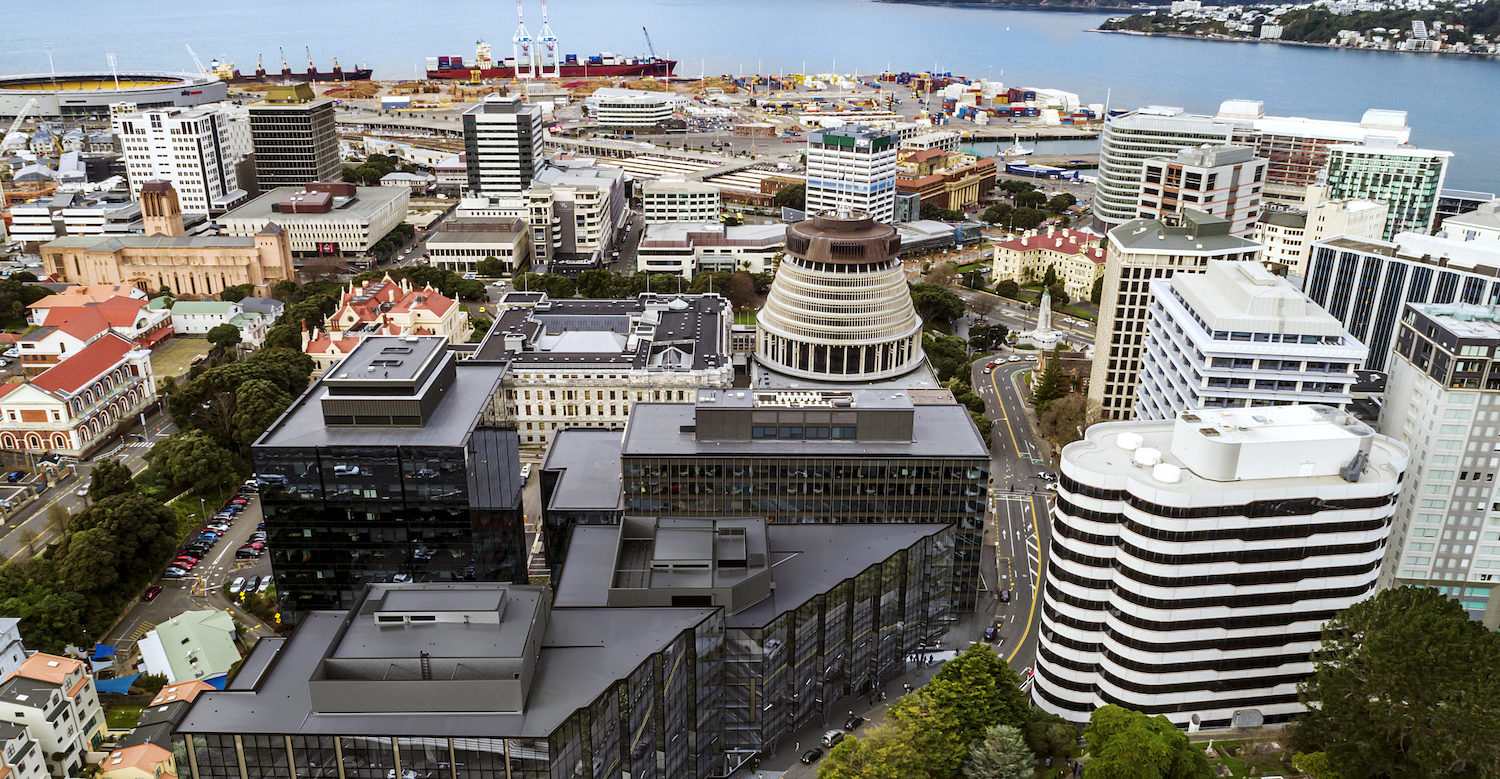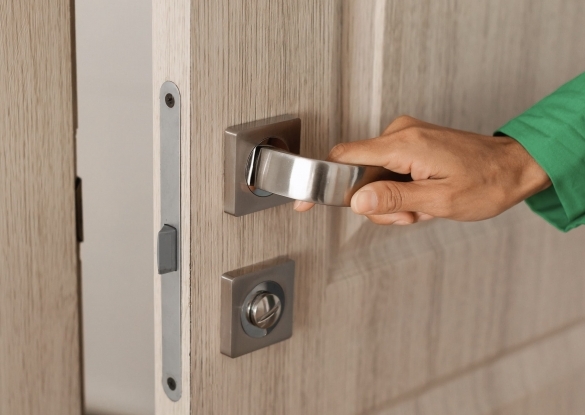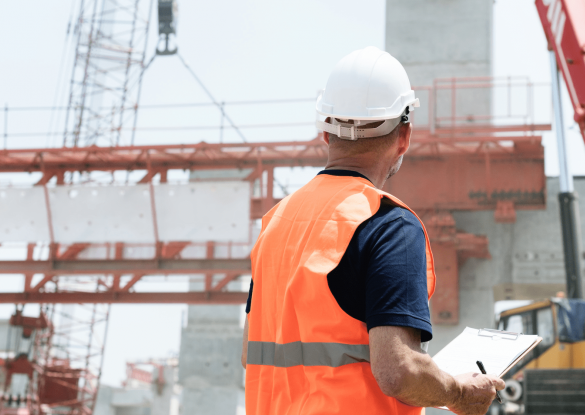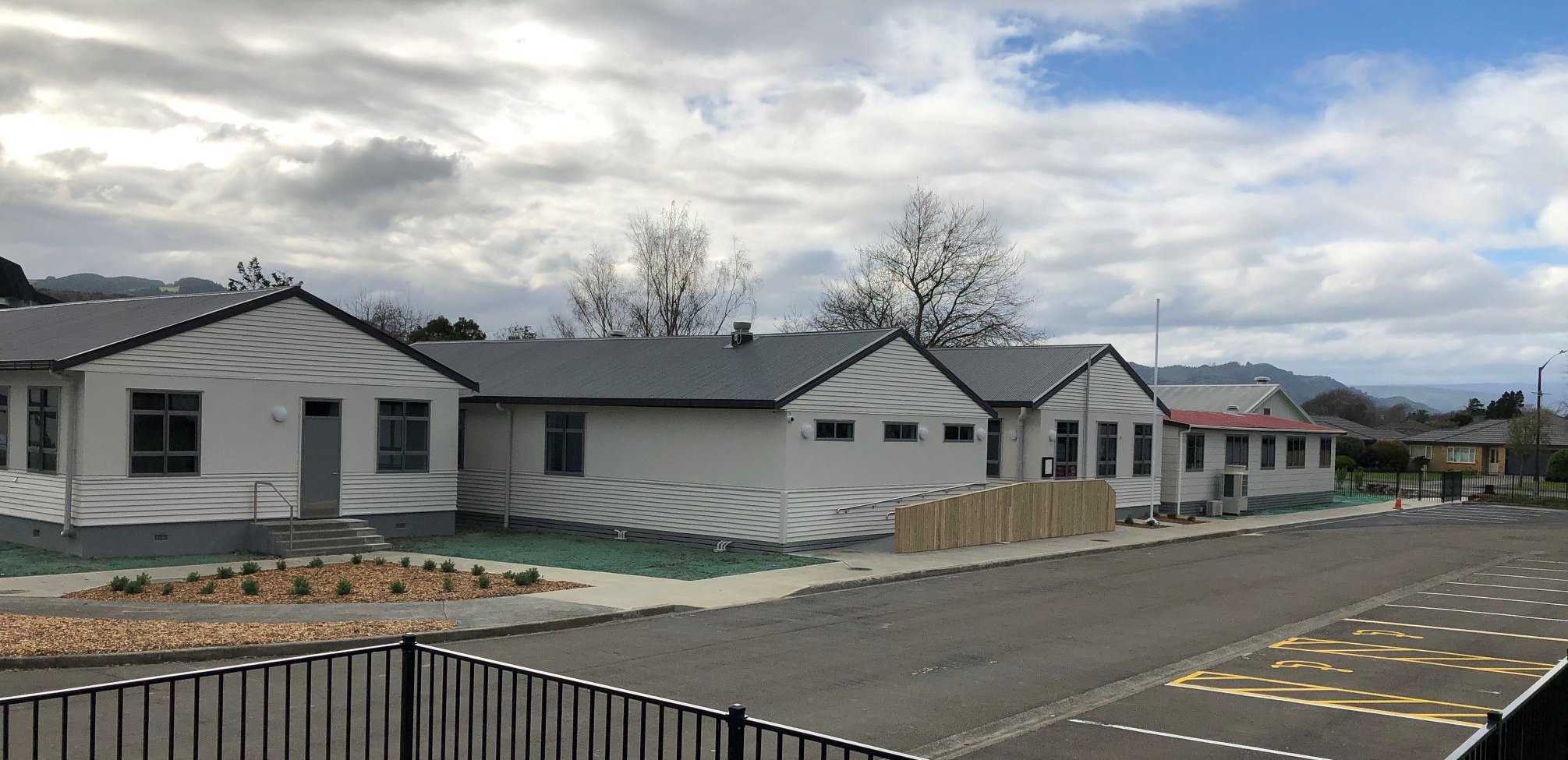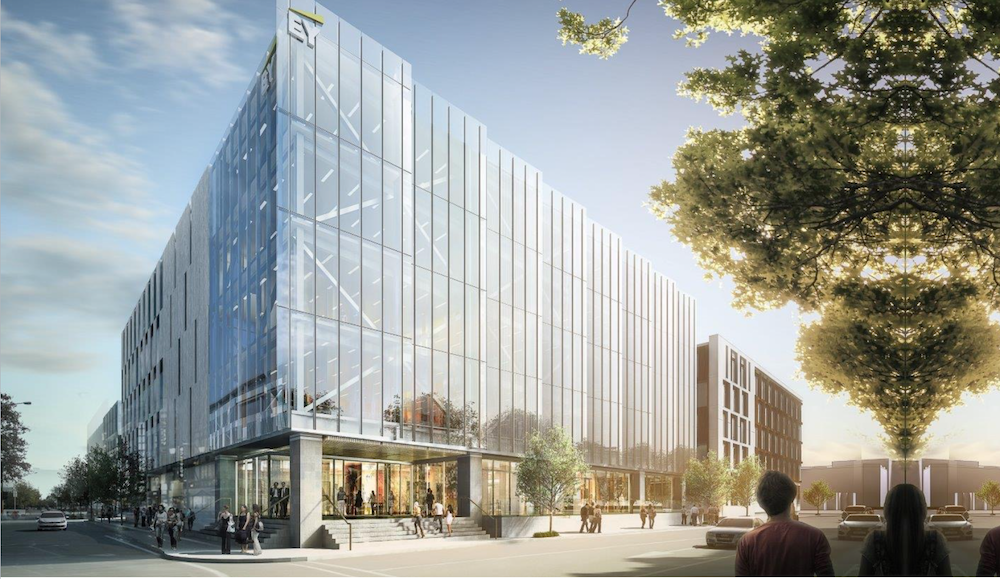If you’ve started a search for good-quality space over 1000m2 in Wellington, you would have got a shock at how few good options are available. So why is this?
There are a number of reasons. First, there has been a continual flight to safety, quality and better building amenities by tenants. This means stronger, better designed buildings with good features, large floor plates and the ability to enable better ways of working are in demand. This trend is expected to continue.
Secondly, a number of major buildings have been taken out of circulation for re-strengthening and/or repositioning in the market. Tenants have had to find alternative accommodation, absorbing available space in the market in the interim.
Thirdly, government and businesses have continued to expand. Working from home, flexi-working and other new practices hasn’t yet had the effect of reducing overall demand for space.
Fourthly, while there has been a flurry of new buildings around the waterfront and elsewhere, these have existing high levels of precommitment leaving little excess space for other tenants. The space being left behind by those moving into these spaces is generally lower grade with ageing and seismic issues.
The pressure on space has flowed through to rents. A and B-grade rents have increased by upwards of 15% over the past three years and are expected to increase further. New, higher-quality space is attracting premium rents driven by inflationary and build cost pressures. These increases will flow through to the rest of the market.
So, what should you be doing if you have an impending lease expiry and you’re seeking more (or less) space? Here’s a few tips:
Start your search early
…18 months to two years early. Why? Because it takes a good year just to get clear on your requirements, work through your options, undertake lease negotiations (which may require landlord upgrade works) and complete documentation. Then there’s getting the layouts completed, costings prepared and budgets agreed. Once the design is ready, it needs to be tendered and consented (allow two months) before fitout works can get underway (if you can get a contractor and certainty on price). Then you need time for soft furnishings, IT/AV and security installations before relocating. Whew!
Think carefully about what you need well ahead
How do your staff work now compared to how you want to operate in the future? What aspects of the new premises provide the platform to facilitate these? What amenities do you want in the new building for staff? What buildings best represent you brand? Develop a brief of requirements that you can take to the market that’s clear, achievable and against which you can evaluate options.
Revisit your original checklist
Options are limited so you may need to re-test your original checklist. What were your original assumptions around location or space? What are you willing to compromise on and what’s locked in?
Due diligence, due diligence, due diligence!
Make sure you or your adviser carry out due diligence on the building. If the building is touted as having a particular seismic rating, how current is that rating and does it reflect the level of risk you are prepared to accept? Any reports prepared prior to 2017 may not reflect the current seismic assessment guidelines. If it’s an older building, check if asbestos is present and whether your fitout works will disturb encapsulated content.
Also be aware if any major works are planned for the building that would mean the need to temporarily relocate elsewhere or result in a disturbance to you for a considerable period of time. Finally, are you on a gross or net lease? If net, you’ll need to pay a proportion of building operating expenses. These have been increasing rapidly over recent years as rates and insurance costs increase. So, find out what are the projected expenses for the year ahead are or seek to cap them if possible.
Act fast
Once you are clear about what you need, engage your consultant and get options on the table. Look three years out if it’s necessary to get what you want and work up an interim solution. New builds are driven by tenant demand and pre-commitment so talking with developers now will get you ahead of others waiting until developments are more progressed. If it’s an existing building, find out from the owners what they have in their portfolio that’s coming up and how they might be able to accommodate you in the meantime. If you can get some leverage in negotiations, this will help in reaching a better deal.
The consensus seems to be that future vacant space and refurbished/restrengthened space coming back into the market will be quickly absorbed even with the current new build pipeline. At worst, we see vacancies stabilising in lesser-quality space and continuing to reduce in the more resilient, higher-grade buildings until demand subsides.
If you need any advice on moving premises, or you just want to renegotiate your existing lease, our property advisory team has the knowledge and experience to help you get the right outcome.
Photo credit: Tennent Brown Architects
